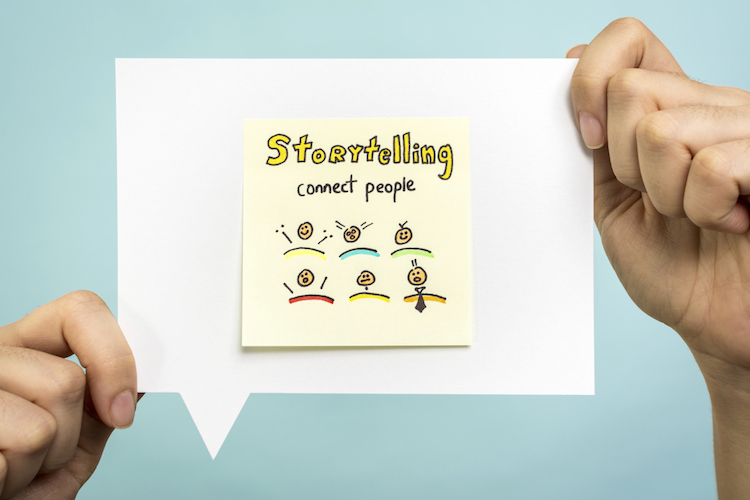Tell Me a Story: Nonprofit Storytelling Tips for Effective Social Conversion
August 11th, 2015 by


Effective nonprofit marketing (and fundraising) starts with a story. A good story resonates with the audience, advances the mission of the nonprofit, and calls people to action. Nonprofits are unique from their for-profit counterparts, because even more important than facts are feelings. A good story creates an emotional connection between the supporter and the organization. The Center for Social Impact Communication at Georgetown University recently conducted a survey of 81 nonprofits in the Washington, D.C., area and discovered that 78 percent of them had a goal or purpose for storytelling, but only 64 percent felt their goals were met. So how can your nonprofit leverage compelling, inspirational, emotional stories to get more online engagement, more supporters and more donations?
Be Authentic.
True passion is contagious. You can’t expect others to get excited about your cause if they can’t see the passion behind your efforts.
Make them Feel.
Don’t tell your audience how they should feel; show them how the characters in your story feel. Choose active players in your organization—those with a passion for the work and those affected by the work—and ask them to share their challenges and triumphs. Rather than simply saying, “This organization changed my life, and it can change yours too …” have them tell their entire story from start to finish. Encourage them to include sensory details as they explain what their life was like before, throughout their experience and now.
Get Visual.
A picture says a thousand words. According to a study conducted by SimplyMeasured, videos are shared 12 times more often than links and text posts combined, and photos are liked twice as often as text updates. Though words are an essential part of storytelling, the digital market begs for compelling images to support strong stories. Photos have the power to spark human rights campaigns, change public policy, and more. Visual media fosters awareness and compels people to act.
Ask your Audience to be a Part of your Story.
Include a clear call to action. Make sure the call to action is supported by a conflict from the story, which makes people want to act urgently.
Sharing your organization’s impact from the perspective of those impacted is the most effective way to get others to care and offer their support. So while social media is a great platform for sharing industry updates and tweeting about your latest project, don’t forget to tell the story that connects your organization’s mission to the people you serve.

